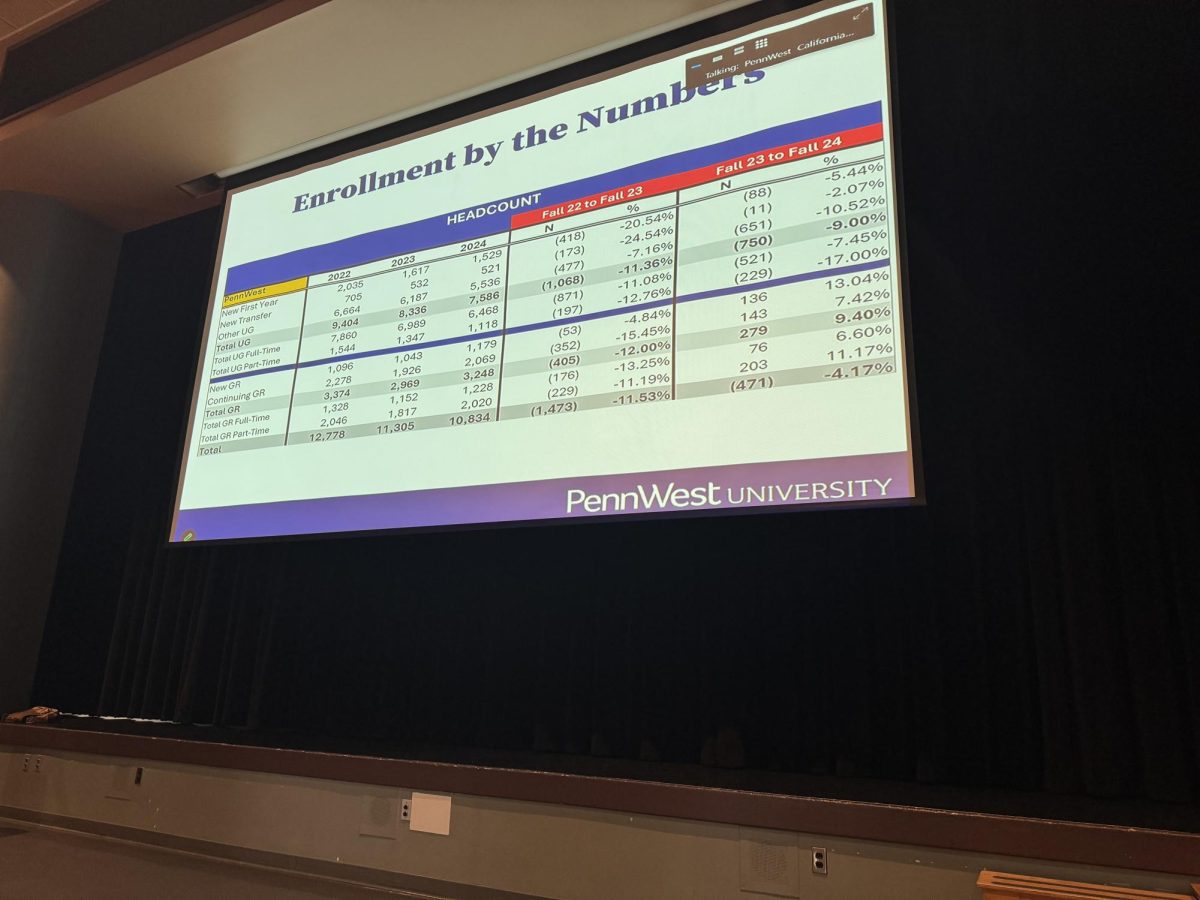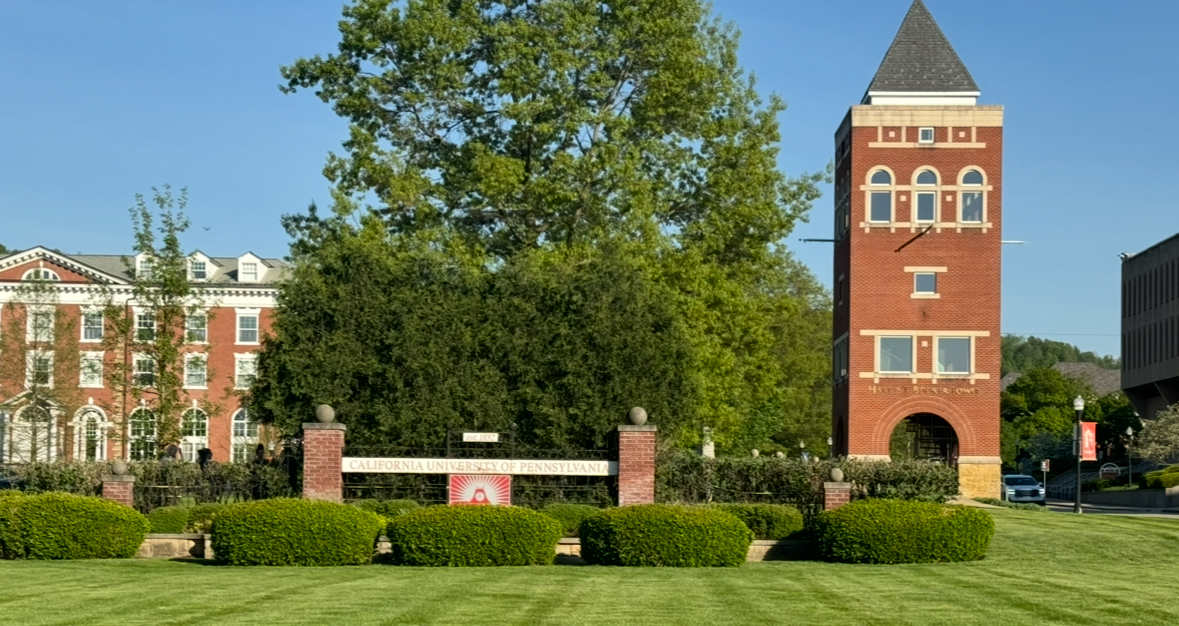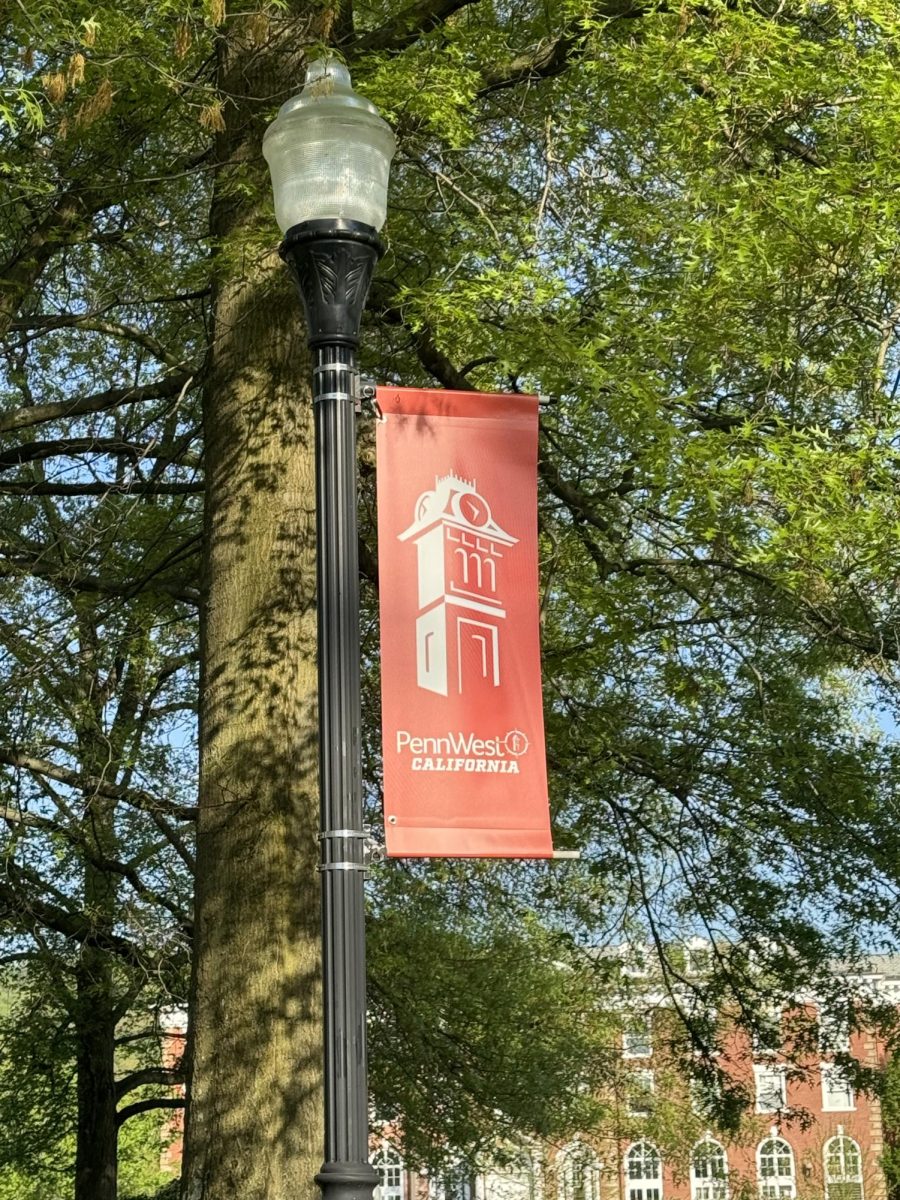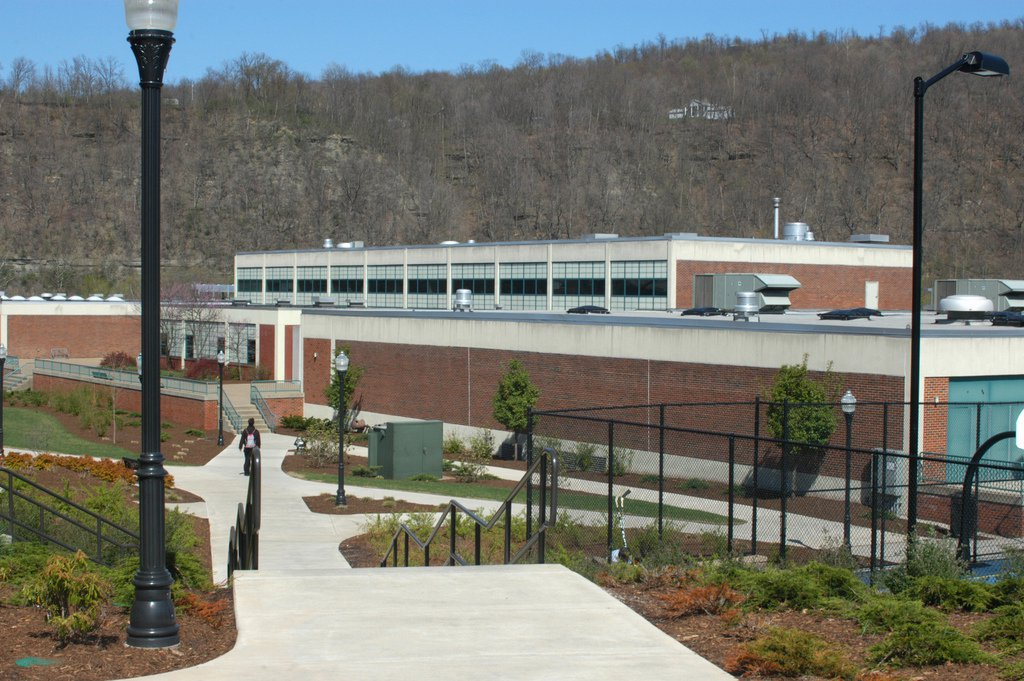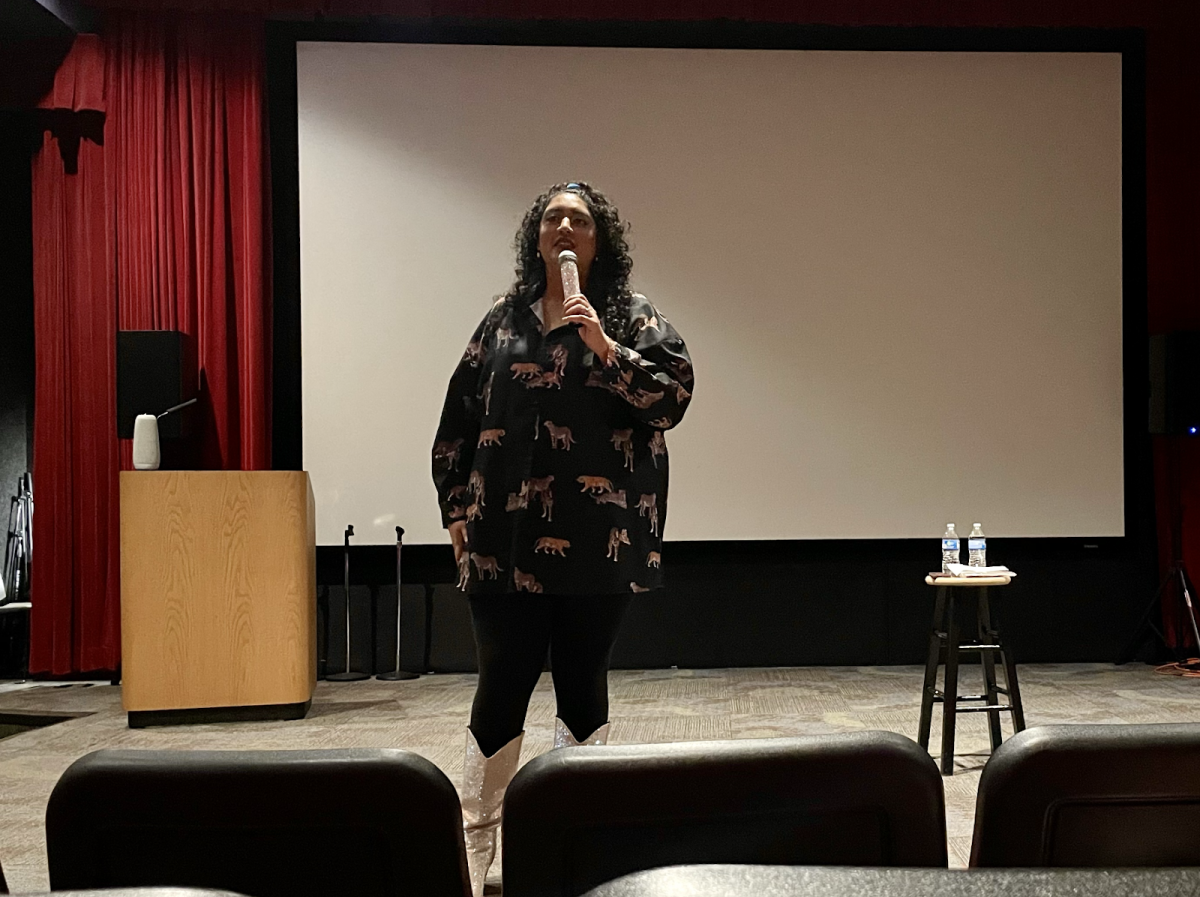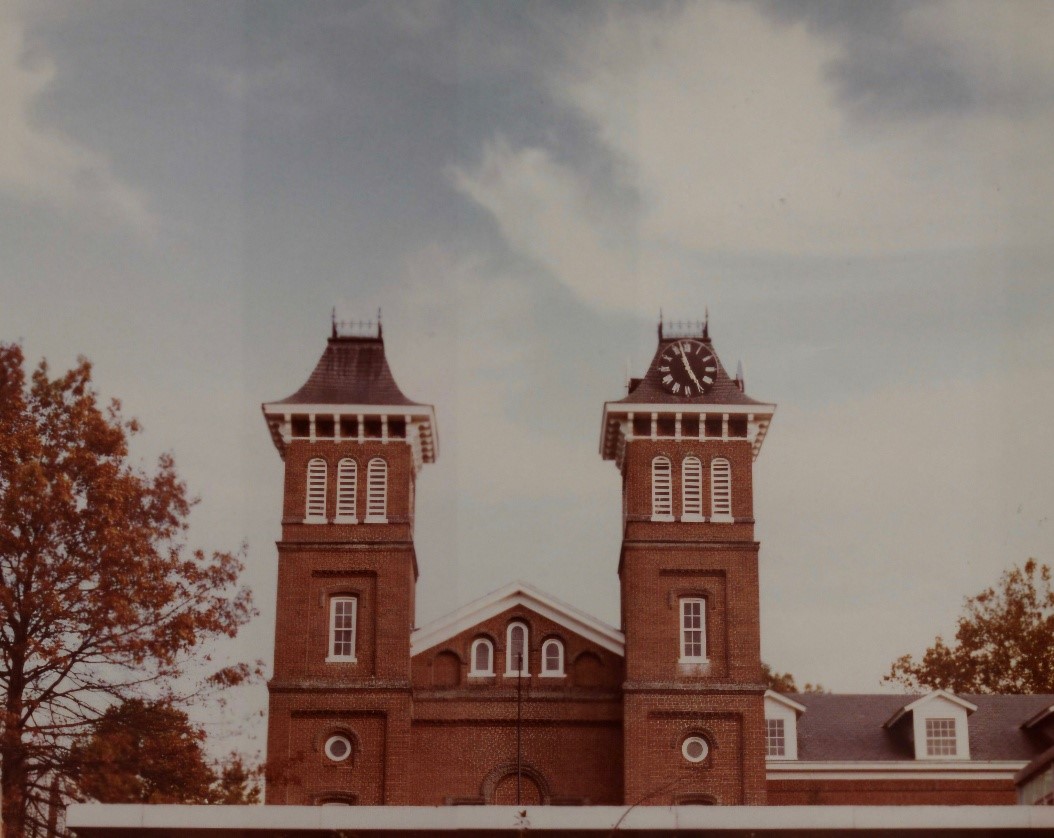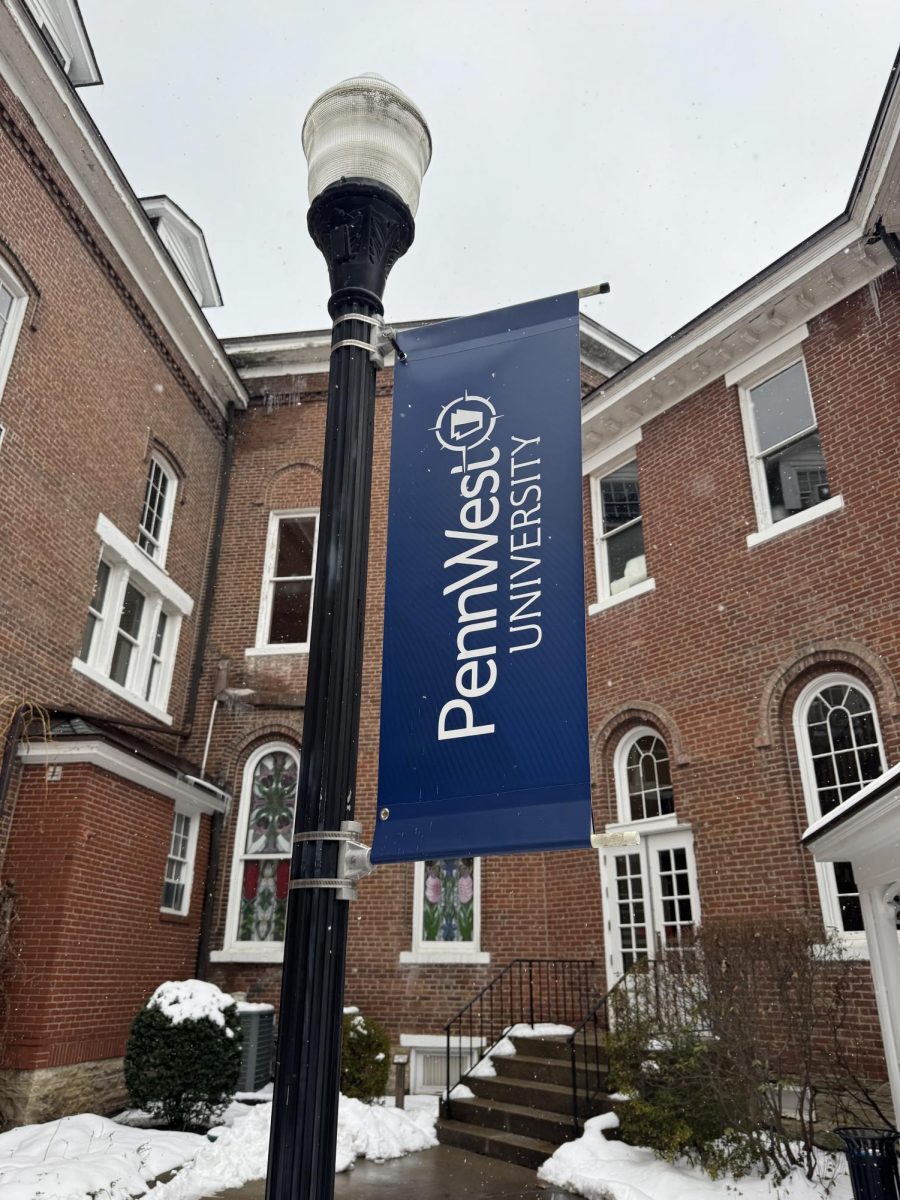David Dollins, Associate Vice President for Strategic Enrollment Management, recently discussed PennWest’s current enrollment landscape. The university faced significant challenges this year, in part because of delays in the Free Application for Federal Student Aid (FAFSA), which affected the admissions process not only in Western Pennsylvania but nationwide.
In fall 2024, PennWest welcomed 1,529 new first-year students, falling short of its goal of 1,625. There has been a slight decline from the previous year. Dollins pointed out that the university’s performance is similar to that of regional institutions, which collectively experienced a 5% drop.
The university’s graduate enrollment tells a different story. This fall PennWest saw a remarkable 13% increase in new graduate student enrollment, rising from 1,043 in fall 2023 to 1,179 in fall 2024. Overall graduate enrollment also saw a resurgence, increasing from 2,969 to 3,248. Positive trends like this show the university’s commitment to offering high-quality graduate programs, especially online options for working professionals.
Dollins also noted an increase in students continuing from their first to second year. Students thrive academically and socially in this supportive environment, which speaks volumes about the university.
Dr. Jon Anderson, who took over as PennWest president this summer, emphasizes a strategic approach to enrollment. The focus of his vision is to align academic programs with market demands and enhance the overall student experience. His goal is to attract a wide range of students, including traditional college-age students as well as individuals with some college credits seeking degrees or workforce certifications. Anderson believes that the university can create a more inclusive and appealing environment by addressing the needs of these different groups.
Anderson’s leadership comes at a pivotal time for PennWest. The university has faced enrollment challenges since the merger of California, Clarion, and Edinboro. The Pittsburgh Post Gazette reported that between fall 2020 and fall 2024, undergraduate enrollment dropped by 34%, and overall campus enrollment dropped by 31%.
Despite PennWest’s challenges, Anderson and his team have laid out a plan for revitalization and growth. The university’s commitment to improving the student experience, improved graduate enrollments, and increased retention rates all point to a bright future.
The administration is excited about collaborating with local community colleges and vocational schools to build pathways for students. It broadens the recruitment base and strengthens community relationships. Recruiting and retaining students will not only increase enrollment at the university but also make students feel valued and empowered.

